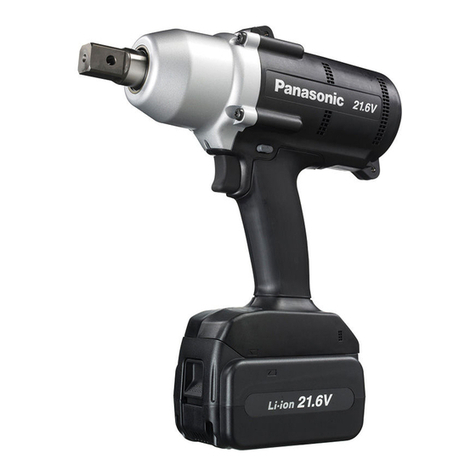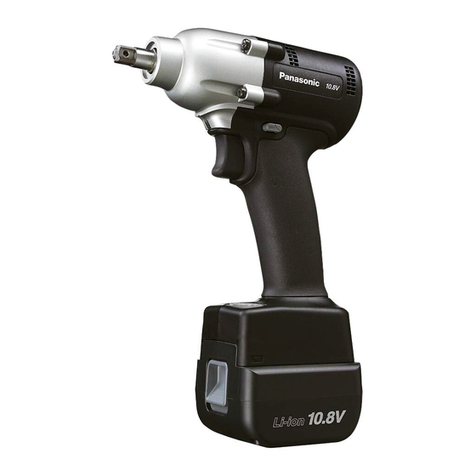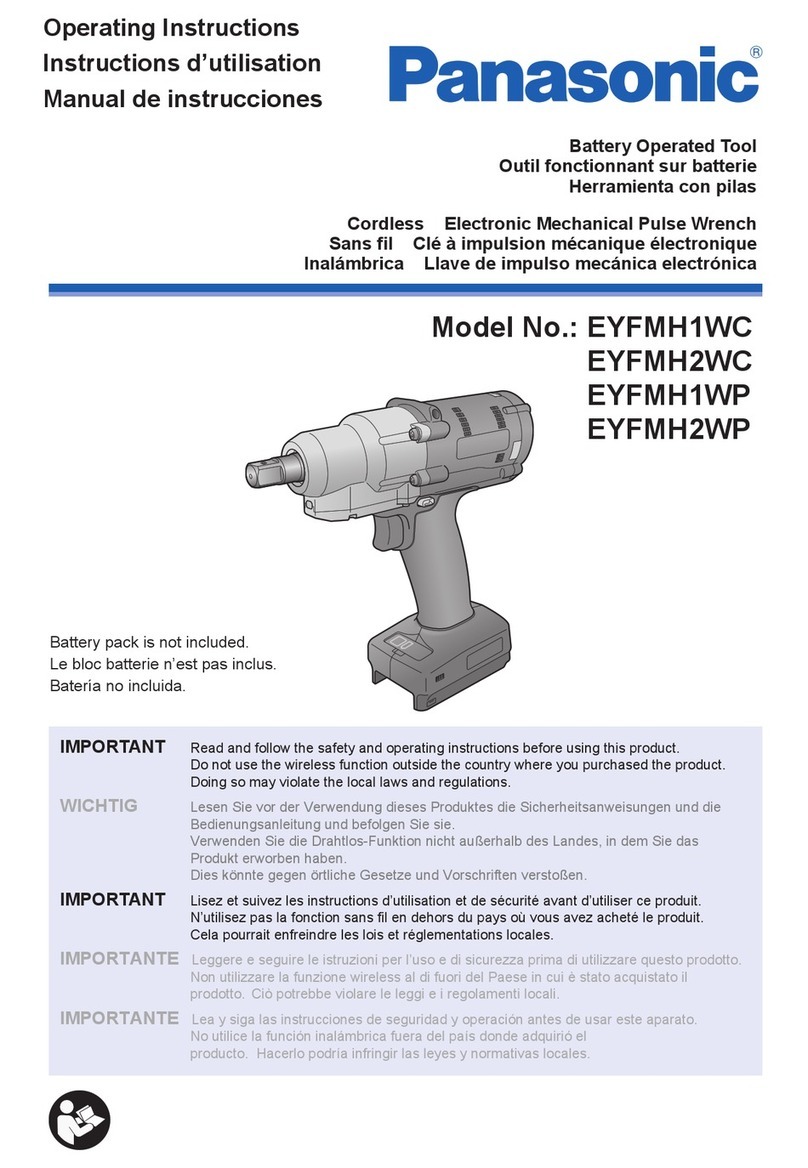Panasonic EYFLA4 User manual
Other Panasonic Power Tools manuals
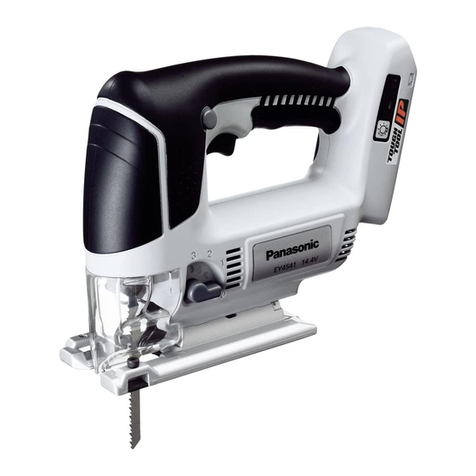
Panasonic
Panasonic EY4541 User manual

Panasonic
Panasonic EY4541 User manual
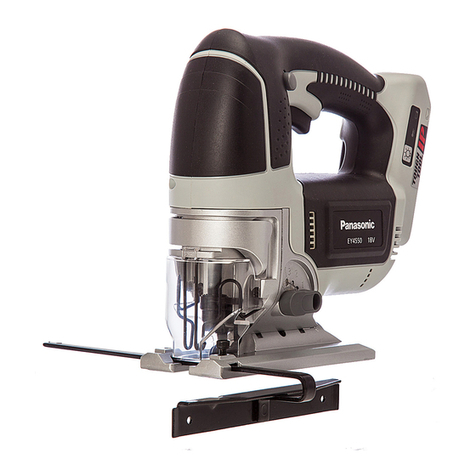
Panasonic
Panasonic EY4550 User manual

Panasonic
Panasonic EY7550LR2S User manual
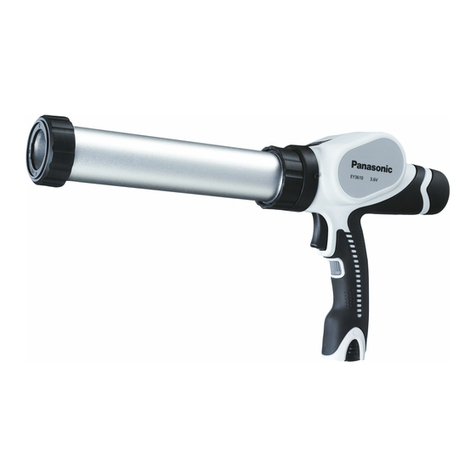
Panasonic
Panasonic EY3610 User manual
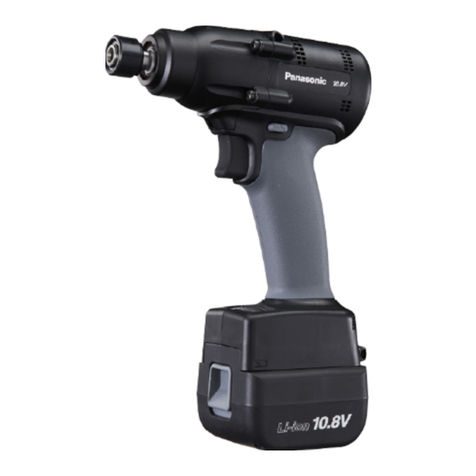
Panasonic
Panasonic AccuPulse QP Low Noise Series User manual

Panasonic
Panasonic EY4541 User manual
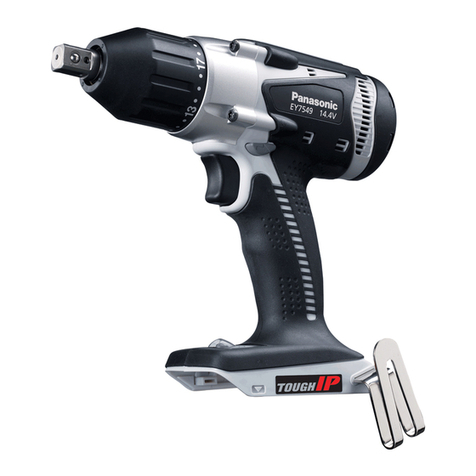
Panasonic
Panasonic EY7549 User manual

Panasonic
Panasonic EY75A8 User manual
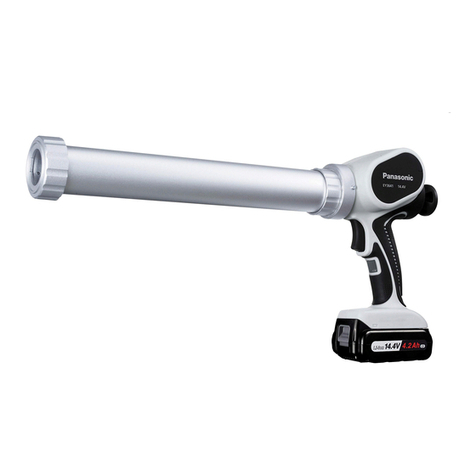
Panasonic
Panasonic EY3640 User manual

Panasonic
Panasonic EY7552X57 User manual

Panasonic
Panasonic EY4550 User manual
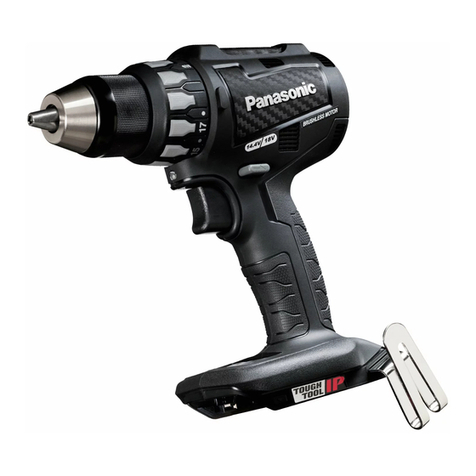
Panasonic
Panasonic EY74A2X User manual

Panasonic
Panasonic 7552LJ User manual

Panasonic
Panasonic EYFLA4A User manual

Panasonic
Panasonic EY46A5 User manual

Panasonic
Panasonic EY4550 User manual

Panasonic
Panasonic EY4542 - CIRCULAR SAW 14.4V User manual
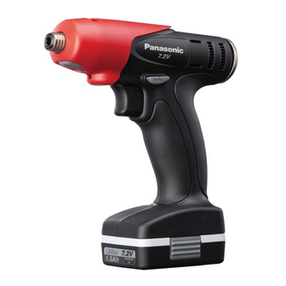
Panasonic
Panasonic EYFEA1N Operating instructions
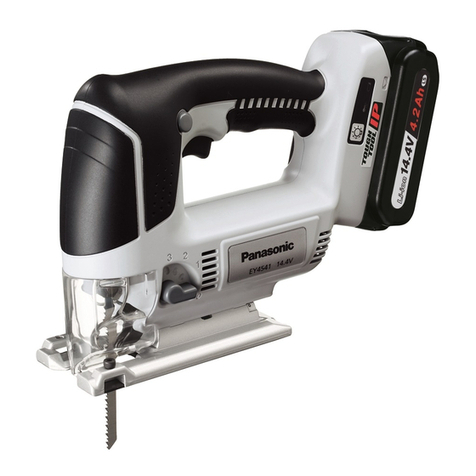
Panasonic
Panasonic EY4541X User manual
